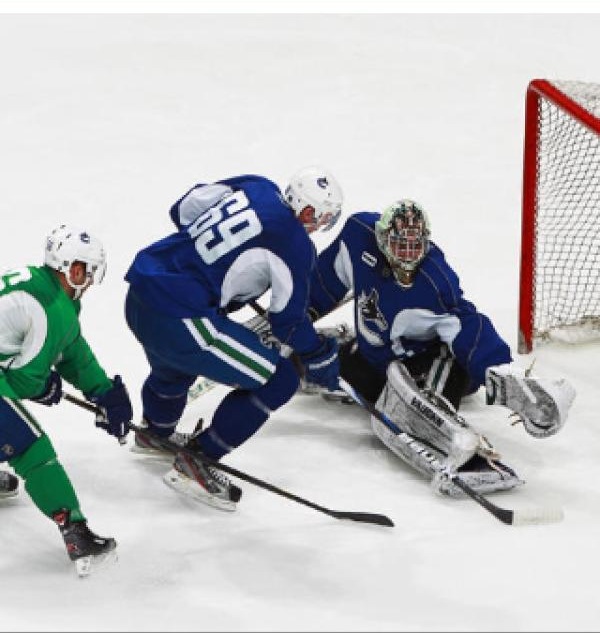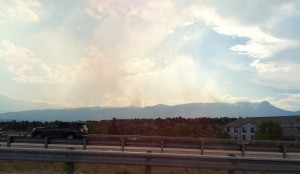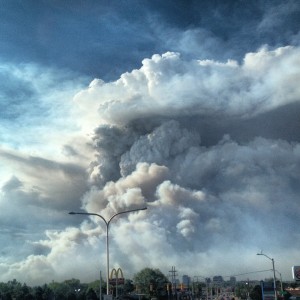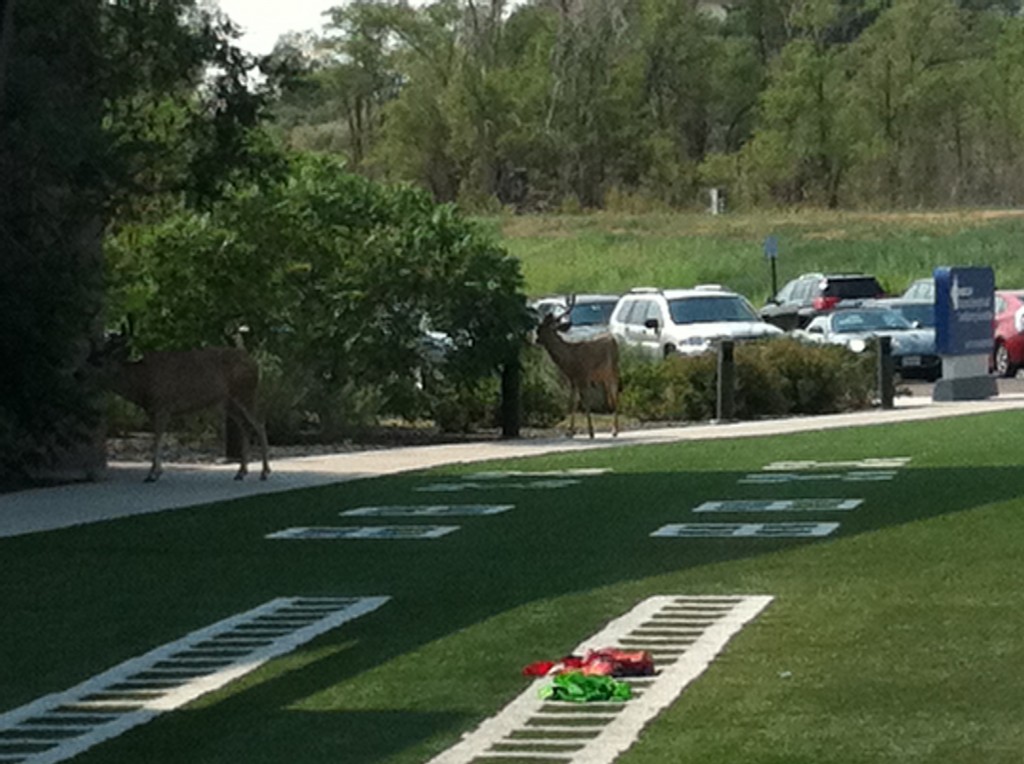As I mentioned on Friday, this was the first weekend in the last three months that I wasn’t traveling or hosting guests. It was great to relax and unwind a bit. Emily and I shot down to Hockessin Athletic Club in Hockessin, DE to get massages and spend some time in the pool/sauna yesterday. A great way to recover and regenerate from a turbulent few months and prepare for more excitement ahead. As a quick aside, if you’re even remotely close to Hockessin (e.g. within 2 hours), you owe it to yourself to make a trip out to the health club. It’s my go-to spot to get a massage (I’ve had 6 different therapists and they’ve all been tremendous), and the facility itself is remarkable.
Having some downtime also allowed me to catch up on a little reading, some of which I wanted to share with you today. These are a handful of great articles from some of the brightest people I know. I’m fortunate to have opportunities to learn from these coaches, and we’re all fortunate that they take the time out of their busy schedules to share information with us! I also threw in an article on Mike Kadar of the Pittsburgh Penguins from NHL.com because I thought it was a great story!
- 5 Years of Cressey Performance: Success Isn’t Just Measured in Revenue from Eric Cressey
- As Little as Necessary from Jeff Cubos
- Early Rehab for Lumbo-Pelvic-Hip Injuries from Jeff Cubos
- Tweaking Physiology from Patrick Ward
- Tweaking Physiology Part 2: Divide and Conquer from Patrick Ward
- The Epidemic of Concussions from David Lasnier
- Expanding on the 1-Leg Squat from David Lasnier
- Assessment Using Single-Leg Deadlift Pattern from Matt Siniscalchi
- Thoughts on How to Organize Soccer Practices from Matt Siniscalchi
- Useful Pressing Progressions for Soccer Athletes from Matt Siniscalchi
- Not Overloading Athletes: Other Factors to Consider from Matt Siniscalchi
- Malkin Bringing Trainer Back to Moscow from NHL.com
- John Gaudreau Interview at Flames Prospect Camp (You may have to dig for this one)
I also wanted to let you know about two other great opportunities. Patrick Ward recently opened up spots for “online training” with him. If you’re interested in taking your performance to a new level, I highly recommend looking into this. You can read more information here: Online Training with Patrick Ward
Finally, Ranfone Training Systems in Hamden, CT is hosting a 2-day course with Charlie Weingroff in November. As you may recall (see: Training = Rehab Rehab = Training), I think very highly of Charlie. He’s a jack of all trades and a master of…well, all trades. And he’s constantly learning to become even better. If you’re a fitness or rehab professionals, I highly suggest signing up for this seminar: Charlie Weingroff at Ranfone Training Systems.
Last, but certainly not least, I wanted to extend a congratulations to the hockey players I’ve been fortunate to have an opportunity to work with that attended NHL prospect camps this year in Buddy Robinson (Vancouver Canucks), Chase Hatcher (Philadelphia Flyers), Nick Sorkin (Philadelphia Flyers) and John Gaudreau (Calgary Flames). Keep working hard!

Buddy either scored here, or plowed his 6’5″ 220lb frame straight through the net. Either way, I’m proud of you man!
That’s a wrap for today. Hopefully you’ll have an opportunity to sift through all of these articles. There is a ton of great info that applies to hockey players specifically and athletes in general.
To your success,
Kevin Neeld
Please enter your first name and email below to sign up for my FREE Athletic Development and Hockey Training Newsletter!






